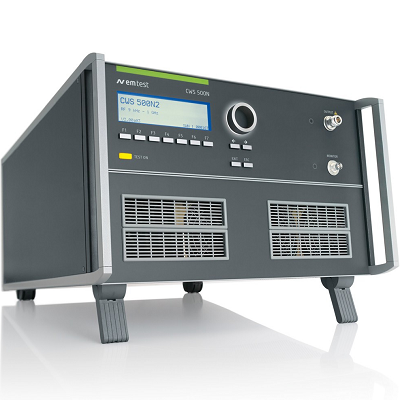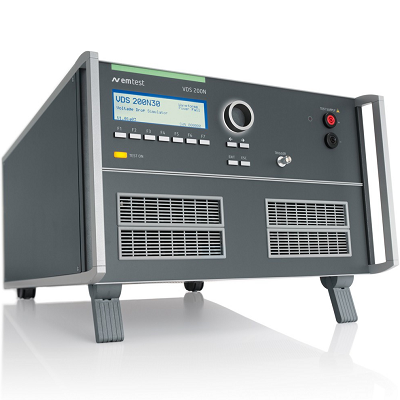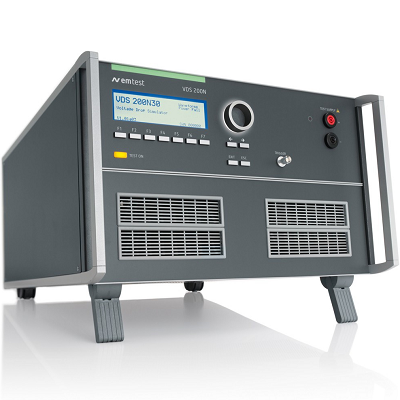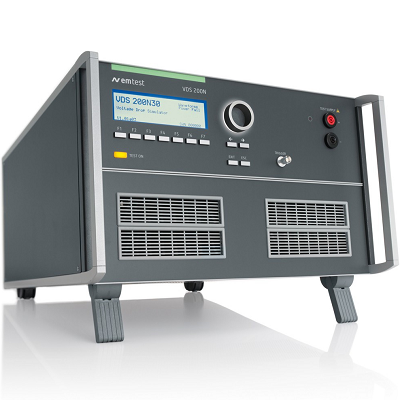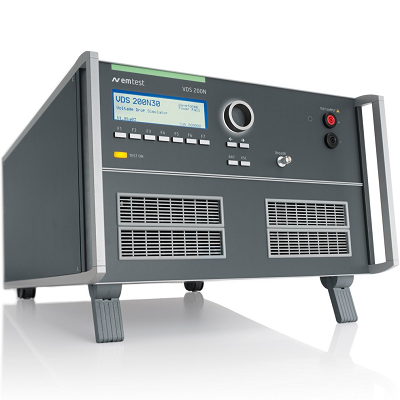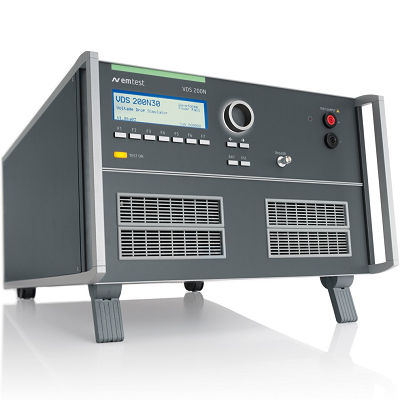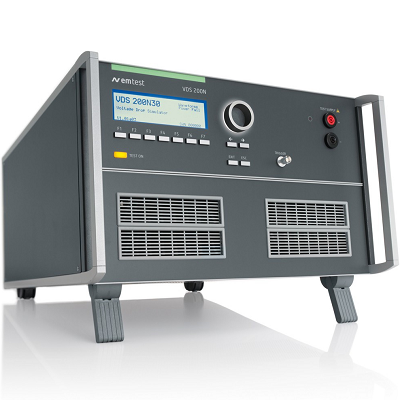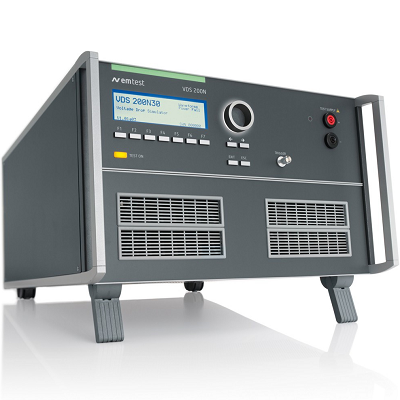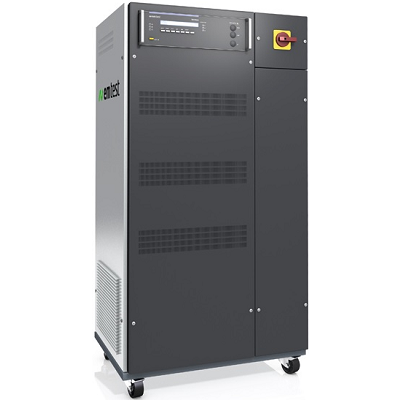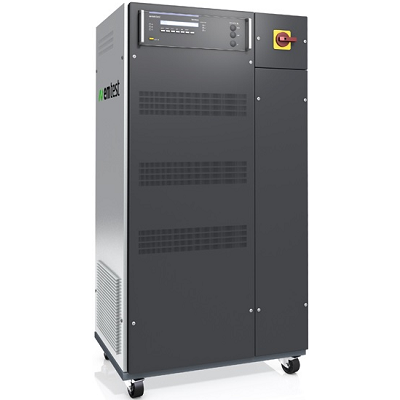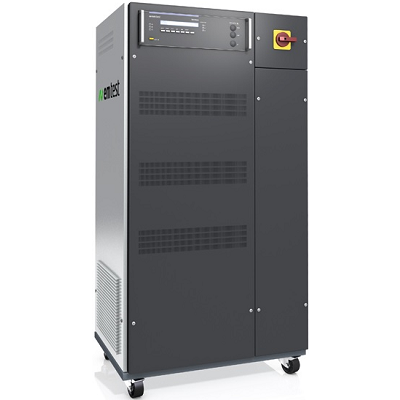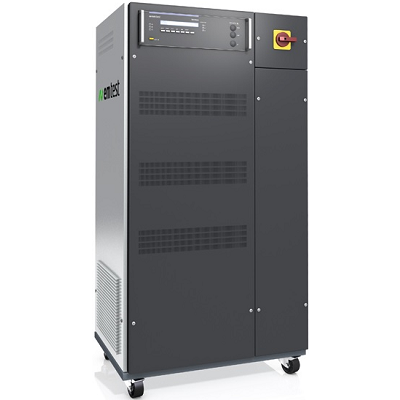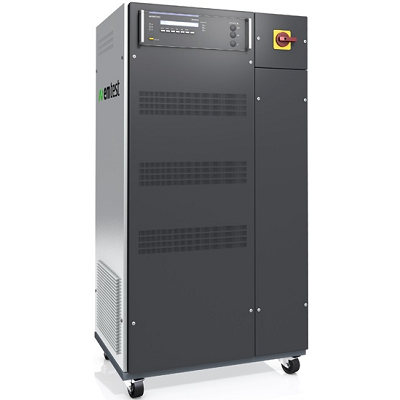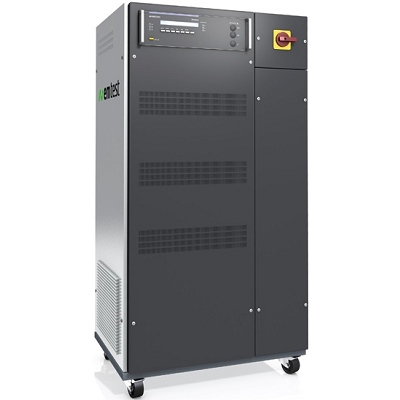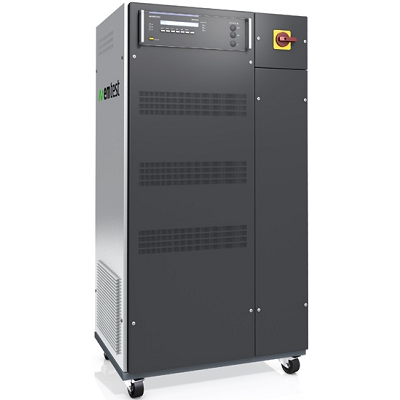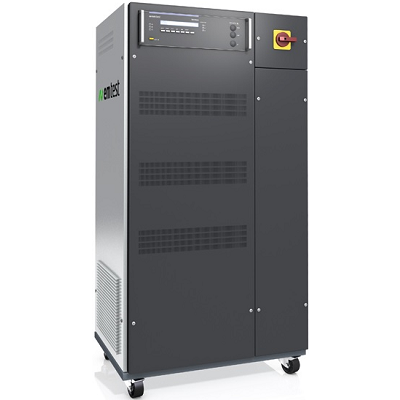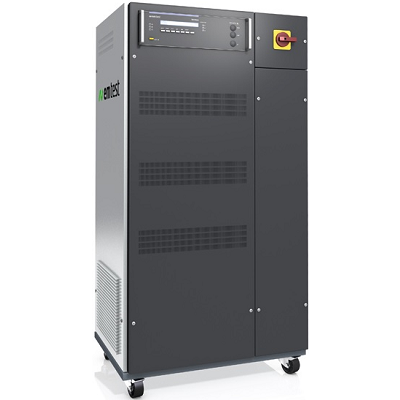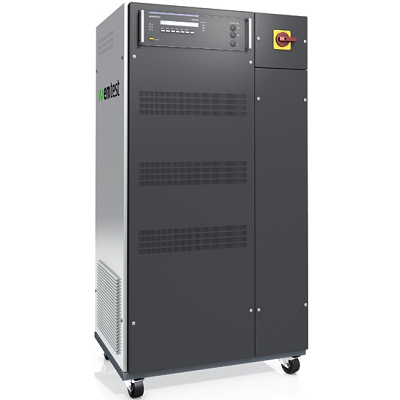
DEF STAN 61-5, Part 6
Ministry of Defence DEF STAN 61-5, Part 6 Nominal 12V and 24V DC Electrical Systems in Military Platforms This standard defines the characteristics for all military (ground) platform DC power distribution systems, platform and terminal equipment within the military, bespoke, military off the shelf (MOTS) and commercial off the shelf (COTS) vehicular environment. It covers supply sources with a nominal voltage of 12 V and 24 V, supplying up to 1000A, irrespective of whether these are derived from an on-board engine driven generator, a separate auxiliary power unit (APU), converter, conditioner, battery or combinations thereof. The standard includes a main section, which covers Scope, Warnings, Definitions, Format, Power Critical Design Review, Capacity, Batteries, Circuit Protection, Wiring Configurations, Connections, Earthing, Platform Requirements, Platform and Terminal Equipment Requirements, Environmental, Quality Standard, Test Equipment and Management and Planning. Detailed technical requirements are included in the following annexes:
- Annex A defines the power distribution system and its required characteristics to be provided at the electrical distribution socket outlets
- Annex B defines the constraints that the Platform and Terminal Equipment shall meet, including its added cabling to the distribution socket outlets
- Annex C defines the Related Documents
- Annex D defines the Abbreviations
- Annex E defines Cable Capacity De-Rating Factors and includes example cable calculations
- Annex F and Annex G includes Power Critical Design Review example forms
- DET02.A - Ripple Voltage (DCE02 Requirement)
- DIT03.A - Imported Ripple
- DET01.B - Exported Ripple
- DET02.B - Exported Transients
- DIT07.B - Short Transients
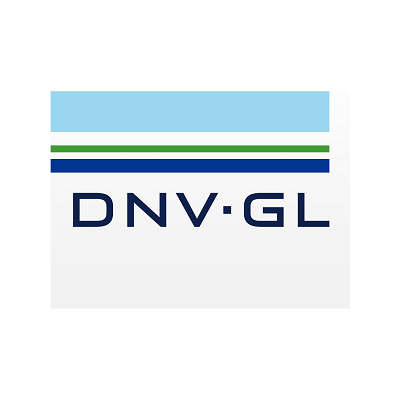
Det Norske Veritas (DNV GL)
Det Norske Veritas (DNV GL) Driven by the purpose of safeguarding life, property and the environment, DNV GL enables organizations to advance the safety and sustainability of their business. They provide classification, technical assurance, software and independent expert advisory services to the maritime, oil & gas and energy industries. DNV GL also provides certification services to customers across a wide range of industries. DNV GL’s shared roots stretch back to 1864, when Det Norske Veritas (DNV) was founded as a membership organization in Oslo. Norway’s mutual marine insurance clubs banded together to establish a uniform set of rules and procedures, used in assessing the risk of underwriting individual vessels. The group aimed to provide “reliable and uniform classification and taxation of Norwegian shipsâ€. Preview Standard

DIN 72300-2
DIN 72300-2 Electrical and Electronic Equipment for Road Vehicles - Environmental Conditions Part 2: Electrical Loads for 12V and 24V Systems/Components

IEEE 1547
IEEE 1547- IEEE Standard for Interconnecting Distributed Resources with Electric Power Systems This standard is the first in the 1547 series of interconnection standards and is a benchmark milestone demonstrating the open consensus process for standards development. Traditionally, utility electric power systems (EPS--grid or utility grid) were not designed to accommodate active generation and storage at the distribution level. As a result, there are major issues and obstacles to an orderly transition to using and integrating distributed power resources with the grid. The lack of uniform national interconnection standards and tests for interconnection operation and certification, as well as the lack of uniform national building, electrical, and safety codes, are understood. IEEE STD 1547 and its development demonstrate a model for ongoing success in establishing additional interconnection agreements, rules, and standards, on a national, regional, and state level. IEEE Std 1547 has the potential to be used in federal legislation and rule making and state public utilities commission (PUC) deliberations, and by over 3000 utilities in formulating technical requirements for interconnection agreements for distributed generators powering the electric grid. This standard focuses on the technical specifications for, and testing of, the interconnection itself. It provides requirements relevant to the performance, operation, testing, safety considerations, and maintenance of the interconnection. It includes general requirements, response to abnormal conditions, power quality, islanding, and test specifications and requirements for design, production, installation evaluation, commissioning, and periodic tests. The stated requirements are universally needed for interconnection of distributed resources (DR), including synchronous machines, induction machines, or power inverters/converters and will be sufficient for most installations. The criteria and requirements are applicable to all DR technologies, with aggregate capacity of 10 MVA or less at the point of common coupling, interconnected to electric power systems at typical primary and/or secondary distribution voltages. Installation of DR on radial primary and secondary distribution systems is the main emphasis of this document, although installation of DR on primary and secondary network distribution systems is considered. This standard is written considering that the DR is a 60 Hz source. Preview Standard
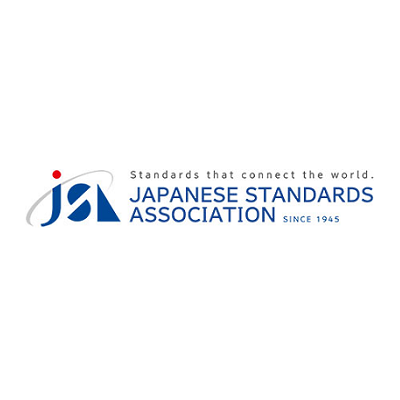
JIS C 61000-3-2
Japanese Standards Association JIS C 61000-3-2 Limits For Harmonic Current Emissions (Equipment Input Current <=20 A Per Phase) This Standard specifies the limitation of harmonic currents flowing into the commercial power supply systems. It also specifies limits of harmonic components of the input current which may be produced by equipment tested under specified conditions. Harmonic components are measured according to Annex A and Annex B. The tests according to this Standard are type tests. Test conditions for particular equipment are given in Annex C. The Standard is applicable to electrical and electronic equipment (household electrical appliances and general-purpose products) (hereafter referred to as the equipment) having rated current up to and including 20 A per phase, and intended to be connected to the commercial power supply systems of 300 V or less. However, even when this Standard is applied beyond this range, the application with necessary modification is not precluded. Preview Standard

VG 95373-24
VG 95373-24: 2016-05 Electromagnetic Compatibility (EMC) - Electromagnetic Compatibility of Equipment - Part 24: Limits for Conducted Susceptibility The standard is a limit value standard for electromagnetic compatibility. The standard specifies the limit values for testing the immunity of devices against line-controlled disturbances. Details on the conduct of the measurement and the necessary framework conditions as well as the recording, evaluation and presentation of the results are given in VG 95373-14. For the standard, the committee NA 140-00-20-02 UA Electromagnetic compatibility (EMC), measuring methods, measuring devices and limit values of the DIN standard electrical engineering (NE) is responsible. Change note: The following modifications have been made to VG 95373-24: 2008-11 and VG 95373-24 / A1: 2009-10: a) Amendment A1 incorporated; (B) limit values of procedure LF 01 G amended; (C) limit values for air discharge are added to the method LF 05 G; (D) supplemented limit procedures in the LF 05 G method; E) Standard revised by editor Preview Standard


